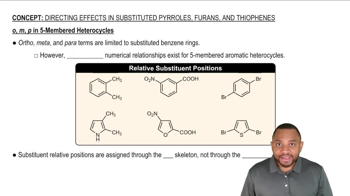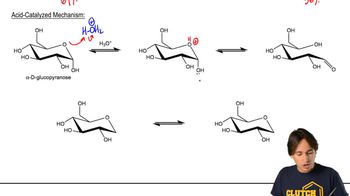A student wanted to measure the specific rotation of the following propionate derivative (density = 1.12 g/ml).
A sample of the pure compound was placed in a 10.0-cm polarimeter tube, and using the sodium D line, the observed rotation at 20°C was determined to be +46.6° . What is the specific rotation of the propionate derivative?






